Transforming Home Closets: Insights from China’s 138th Canton Fair 2025
The 138th Canton Fair in 2025 showcases an inspiring array of innovations and trends, particularly in the realm of home decor and organization. Among the star attractions at this prominent event are the latest advancements in home closets, reflecting a growing consumer demand for both functionality and aesthetics in residential spaces. As urban living continues to evolve, the design and organization of home closets have become crucial in maximizing space and enhancing lifestyle convenience. Exhibitors from various sectors are presenting solutions that merge technology with style, offering consumers an array of customizable options that cater to diverse needs. This article aims to delve into the insights garnered from the fair, exploring how emerging trends and innovative designs are transforming home closets, paving the way for a new era of personalized and efficient living environments.
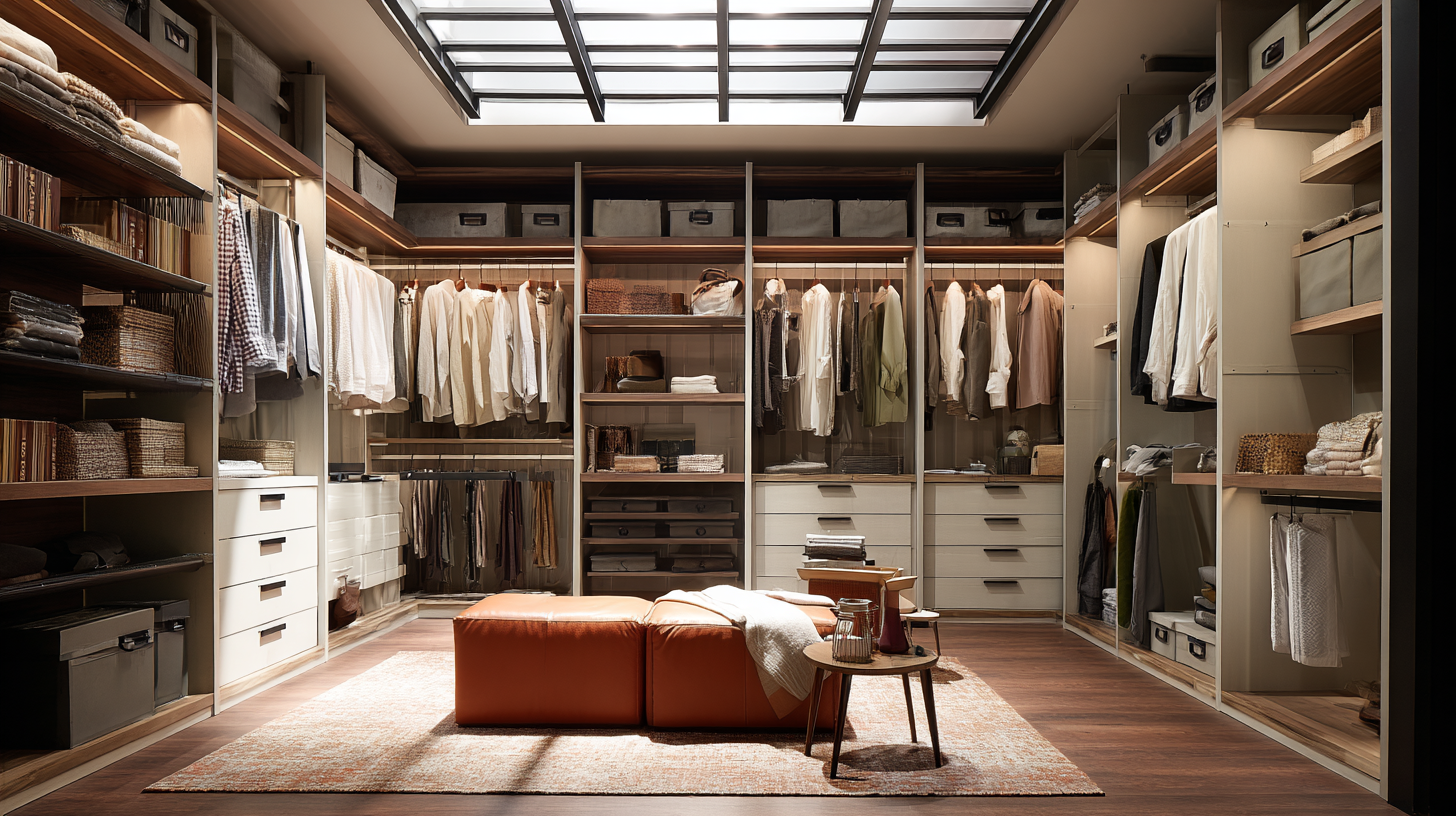
Innovative Closet Designs Showcased at the 138th Canton Fair
The 138th Canton Fair in 2025 showcased a remarkable array of innovative closet designs, reflecting the evolving needs and tastes of modern consumers. With the global furniture market projected to reach $650 billion by 2025, closet solutions have become central to home organization and aesthetics. Manufacturers presented smart storage options that maximize space while accentuating design, catering to a growing demand for multifunctional furniture. According to a recent report from Statista, approximately 60% of consumers prioritize organization and functionality in their home decor choices, which has greatly influenced the direction of closet design innovations.
Among the standout trends observed at the fair were modular closet systems that enable customization based on individual needs. These systems not only allow users to rearrange shelves and hooks but also incorporate features such as built-in lighting and soft-close drawers. A survey by IBISWorld indicates that the demand for customizable storage solutions is rapidly increasing, with an estimated annual growth rate of 5.6% in the home organization products segment.
The introduction of eco-friendly materials in closet designs further aligns with consumer preferences for sustainability, reinforcing the significance of responsible manufacturing in today’s market. The Canton Fair’s focus on inventive designs underscores the crucial intersection of functionality, style, and environmental consciousness in the future of home storage solutions.
Sustainable Materials: A Trend in Home Closet Solutions
The recent 138th Canton Fair in China highlighted an increasing trend towards sustainable materials in the home closet sector. As consumers become more environmentally conscious, manufacturers are responding by integrating eco-friendly palettes into their designs. Materials such as bamboo, reclaimed wood, and recycled plastics are gaining popularity, not only for their sustainability but also for their aesthetic appeal. These innovations are not just about reducing the carbon footprint; they also provide stylish solutions that resonate with modern design sensibilities.
Incorporating sustainable materials into home closets reflects a broader shift in the interior design industry towards environmental responsibility. This trend was evident at the fair, where exhibitors showcased a myriad of customizable closets made from natural resources that promise durability and elegance. Additionally, manufacturers are focusing on minimizing waste in production processes, further enhancing the eco-friendly profile of their products. As the demand for sustainable living continues to rise, the closet market is likely to evolve, offering more solutions that align with consumers’ values while promoting a greener future.
Transforming Home Closets: Sustainable Materials Trends
Smart Technology Integration for Modern Closet Systems
The integration of smart technology in modern closet systems is revolutionizing the way we approach home storage solutions. At the forefront of this transformation is the utilization of smart textiles and connected devices, which enhance functionality and organization. Features such as sensors and IoT connectivity allow users to track their clothing and optimize space with ease, ensuring that each item is easily accessible and well-maintained.
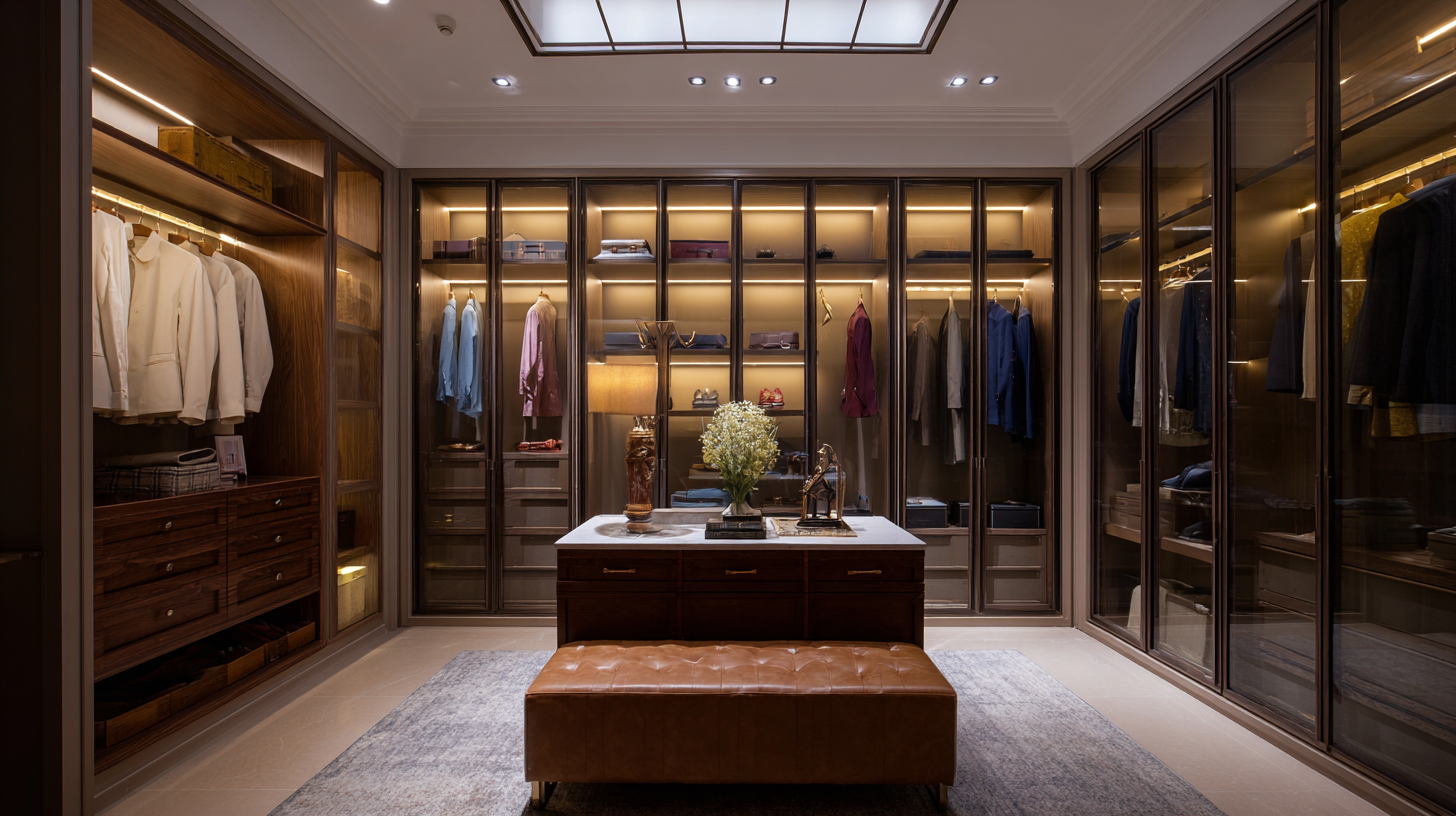
Tips for integrating smart technology in your closet include starting with smart hangers that can monitor your wardrobe and suggest outfits based on the weather or occasion. Additionally, consider incorporating adjustable shelving that responds to your needs, allowing for customizable storage as your wardrobe evolves. By transforming traditional storage spaces into intelligent systems, homeowners not only streamline their daily routines but also elevate their overall living experience.
Moreover, utilizing apps to manage and organize your closet can significantly improve your efficiency. These applications can remind you of what you own, recommend new purchases, or even manage laundry schedules with self-cleaning fabrics. The future of closets lies in their ability to not just store items, but to interactively enhance everyday life.
Cultural Influences Shaping Closet Organization Trends in China
At the 138th Canton Fair in 2025, the transformation of home closets was prominently showcased, reflecting cultural influences deeply rooted in Chinese society. The organization and functionality of closets in China are increasingly tailored to accommodate lifestyle changes driven by rapid urbanization and the rise of minimalistic living. Among the showcased innovations were modular designs that emphasize flexibility, allowing homeowners to adapt their closet spaces according to their needs, leading to a blend of aesthetics and practicality.
Cultural elements also play a significant role in shaping closet organization trends. Feng Shui principles are often integrated into closet design, influencing the placement and arrangement of items to promote harmony and balance. Additionally, the rise of the "Liangjia" concept, which encourages a return to family and community values, has led to a more collective approach to home organization, where shared spaces are prioritized over individual possessions. This shift not only transforms closets into functional spaces but also fosters a sense of belonging and connection within families.
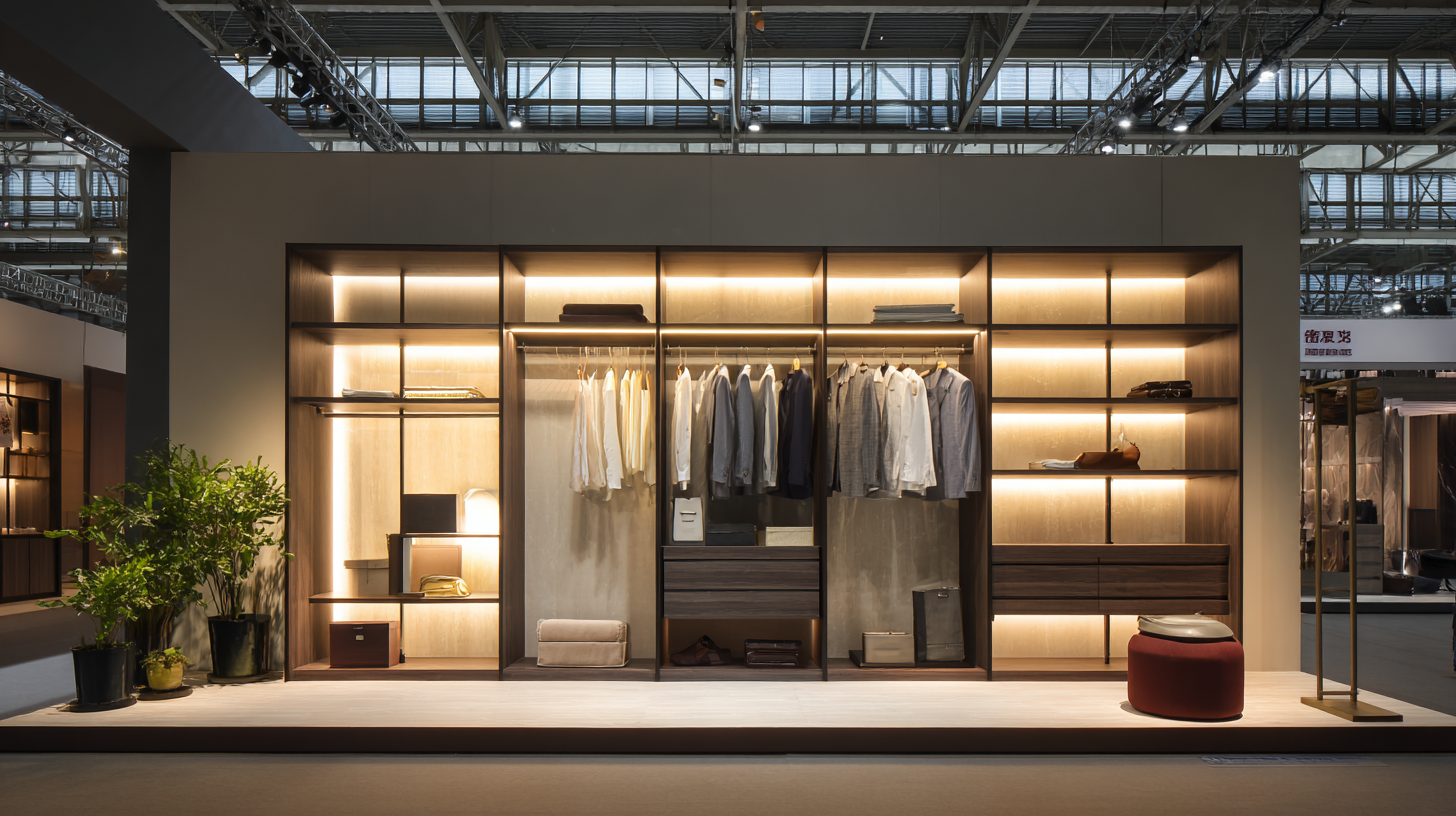
Market Trends and Consumer Preferences in Closet Transformations
The global kitchen cabinet market is witnessing significant growth, driven by evolving consumer preferences and design innovations. As of 2022, the total market size for kitchen cabinets was valued at approximately $17.5 billion. This figure is set to increase to an estimated $27.4 billion by 2030, reflecting a compound annual growth rate (CAGR) of 6.0% from 2024 to 2030. Such growth highlights a shift in consumer focus towards customizable solutions that enhance both functionality and aesthetics within the home, particularly kitchens where space optimization is essential.
In terms of materials, the market offers a diverse array including wood, plastic, metal, and glass, catering to varied consumer tastes and lifestyle needs. Categories encompass stock kitchen cabinets, semi-custom options, and fully custom cabinetry, each offering distinct advantages. Popular styles such as shaker cabinets and flat-panel designs are gaining traction, influenced by minimalistic trends and the desire for streamlined spaces. As illustrated at the 138th Canton Fair, there is a clear trend towards multifunctional designs that blend seamlessly with modern interiors while prioritizing user experience and sustainable materials.
Transforming Home Closets: Insights from China’s 138th Canton Fair 2025 - Market Trends and Consumer Preferences in Closet Transformations
| Trend | Consumer Preference (%) | Growth Rate (%) | Key Features |
|---|---|---|---|
| Sustainable Materials | 65% | 15% | Recycled wood, bamboo |
| Smart Closets | 50% | 25% | Automated lighting, sensor controls |
| Modular Designs | 70% | 20% | Customizable shelf arrangements |
| Minimalist Aesthetics | 60% | 18% | Clean lines, neutral colors |
| Space Optimization | 75% | 22% | Pull-out racks, sliding doors |
Related Posts
-
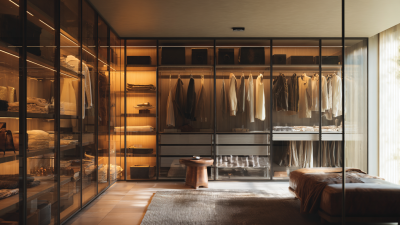
Exploring Innovative Applications of the Best Home Closets in Modern Interior Design
-

Unique Home Closet Designs Transforming Storage Solutions with Data Driven Insights
-
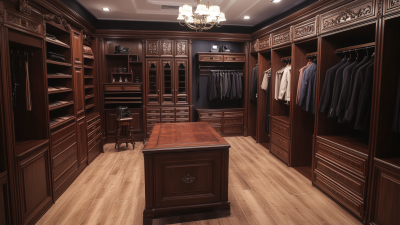
Empowering Global Living Spaces with Premium Home Closets Made in China
-
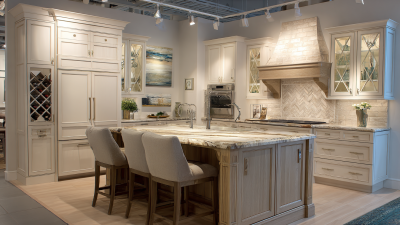
Ultimate Guide to 2023 Best Kitchen Bathroom Cabinets with 15 Key Features and Specifications
-
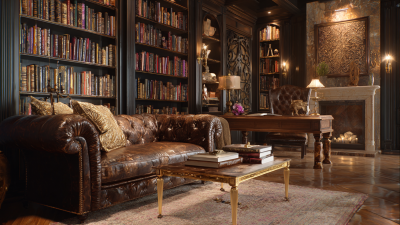
Navigating 2025 Trends: Tailored Solutions for Your Best Custom Cabinet Needs
-
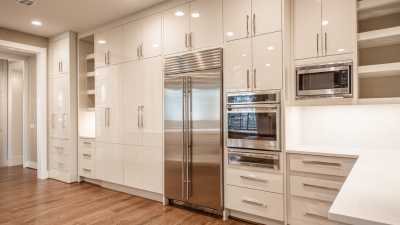
The Ultimate Checklist for Sourcing the Best Custom Cabinets Globally

